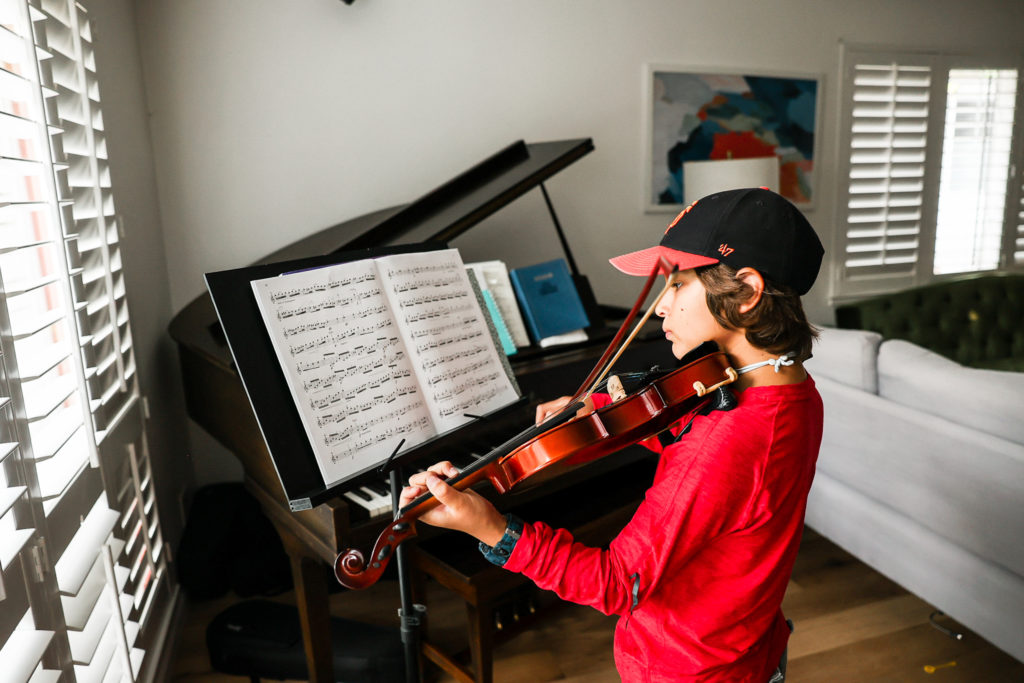Intermediate Guitar Lessons: Tailored Lessons for Growing Guitar Players
Intermediate Guitar Lessons: Tailored Lessons for Growing Guitar Players
Blog Article
Navigating the Remodeling Journey: Recognizing the Value of Design, Capability, and Budget Plan in Home Renovations
The remodeling trip is a multifaceted process that demands a calculated strategy to design, capability, and budget. Each aspect plays an important duty in shaping the last result, with a well-defined style vision setting the phase for visual appeal, while useful analyses ensure the room fulfills everyday requirements.
Specifying Your Design Vision
Specifying your design vision is a crucial very first step in any home improvement project, as it establishes the structure for all succeeding choices. A well-articulated vision works as a roadmap, directing options connected to style, products, and performance. It is necessary to consider your personal appearances, preferred atmosphere, and exactly how each area will certainly be utilized.
Begin by collecting ideas from numerous sources, such as design magazines, online systems, and display rooms. online music lessons. Create a mood board that encapsulates your vision, including colors, appearances, and styles that resonate with you. This graph will assist in clarifying your preferences, making sure uniformity throughout the remodelling

Eventually, a clear style vision not only streamlines the decision-making procedure but additionally helps connect your concepts successfully to service providers and designers, fostering cooperation and making certain that the outcome lines up with your expectations.
Evaluating Useful Requirements
When getting started on a home remodelling, comprehending your practical requirements is necessary, as it directly affects the practicality and livability of the area. Begin by completely examining just how you and your family use your home. Determine day-to-day regimens, lifestyle preferences, and any kind of particular needs that might affect room usage, such as accommodating youngsters, elderly member of the family, or regular visitors.
Consider the flow of motion within each area. Analyze whether the existing format sustains performance or if alterations are required to enhance availability and simplicity of usage. An open-concept layout could better fit social communications, while defined areas can be useful for personal privacy.
Furthermore, evaluate the storage needs particular to your family. Effective storage space options can considerably maximize capability, making certain that crucial things are conveniently accessible yet neatly arranged. This may involve including built-in cabinetry, multi-functional furniture, or marked rooms for leisure activities.
Ultimately, a detailed understanding of your functional requirements not only forms the style yet also ensures that the restoration fulfills the practical needs of your way of life, causing a home that is both beautiful and purpose-driven.
Setting a Realistic Budget
Recognizing your functional demands lays the groundwork for setting a practical budget plan for your home restoration. A distinct spending plan not just reflects your job desires yet additionally straightens with your economic ability.
Following, research average prices for materials, labor, and any required authorizations in your area. Collect numerous quotes from service providers to guarantee affordable prices. It's recommended to include a backup fund, usually 10-20% of your total budget plan, to fit unforeseen costs that might occur during the renovation process.
Think about the long-lasting value of your investments. While it may be appealing to allocate funds primarily for prompt needs, investing in quality materials and proficient labor can lead to better link sturdiness and contentment down the line. Inevitably, keeping open interaction with your service provider about budget restrictions is important. This will cultivate a joint environment and make sure that your vision remains attainable within the established monetary criteria. By taking these steps, you can develop a practical budget that stabilizes your practical needs with monetary obligation.

Harmonizing Appearances and Practicality
While it is necessary to create an aesthetically attractive space, attaining an equilibrium between aesthetic appeals and usefulness is critical for effective home renovations. House owners typically discover themselves astounded by striking layouts that may not offer their useful demands. As a result, it is important to prioritize functionality along with aesthetic elements to guarantee long-lasting complete satisfaction with the area.
Usefulness ought to determine the selection of products, layouts, and components. Selecting long lasting products that can endure daily deterioration is necessary, particularly in high-traffic locations like kitchens and restrooms. This not only improves the long life of the restoration but additionally reduces maintenance prices with time. Moreover, thoughtful designs that boost circulation and accessibility can considerably improve the functionality of the space.

Planning for the Unforeseen
Home remodellings usually come with a myriad of unexpected challenges that can interrupt even the most well-laid plans. online music lessons. From surprise architectural problems to unexpected delays in material deliveries, these surprises can substantially influence both timelines and spending plans. To properly browse these prospective pitfalls, positive preparation is necessary
First, it's important to designate a contingency budget plan-- typically 10-20% of the complete restoration expense-- to attend to any kind of unanticipated costs. This economic buffer permits for greater adaptability when shocks occur. In addition, keeping open interaction with specialists and vendors guarantees that all parties recognize prospective problems and can collaboratively create remedies.
Moreover, consider performing comprehensive pre-renovation assessments, which may uncover concealed troubles that could escalate during the job. Engaging a certified assessor can supply indispensable insights, assisting to alleviate threats.
Last but not least, continue to be adaptable. Adaptability in layout selections and timelines can ease stress when challenges arise. By anticipating the unanticipated and preparing as necessary, homeowners can browse their remodeling journey with greater confidence, ensuring that their vision is eventually recognized in spite of any type of bumps along the road.
Verdict
To conclude, an effective improvement journey requires a comprehensive understanding of style vision, practical demands, and budget constraints. By clearly defining visual choices, assessing functional needs, and establishing a realistic financial structure, homeowners can create spaces that are both aesthetically attractive and habitable. Balancing these aspects not just enhances the overall improvement experience but additionally makes certain that the final end result straightens with personal style and meets everyday needs, ultimately his explanation causing a harmonious living setting.
Report this page